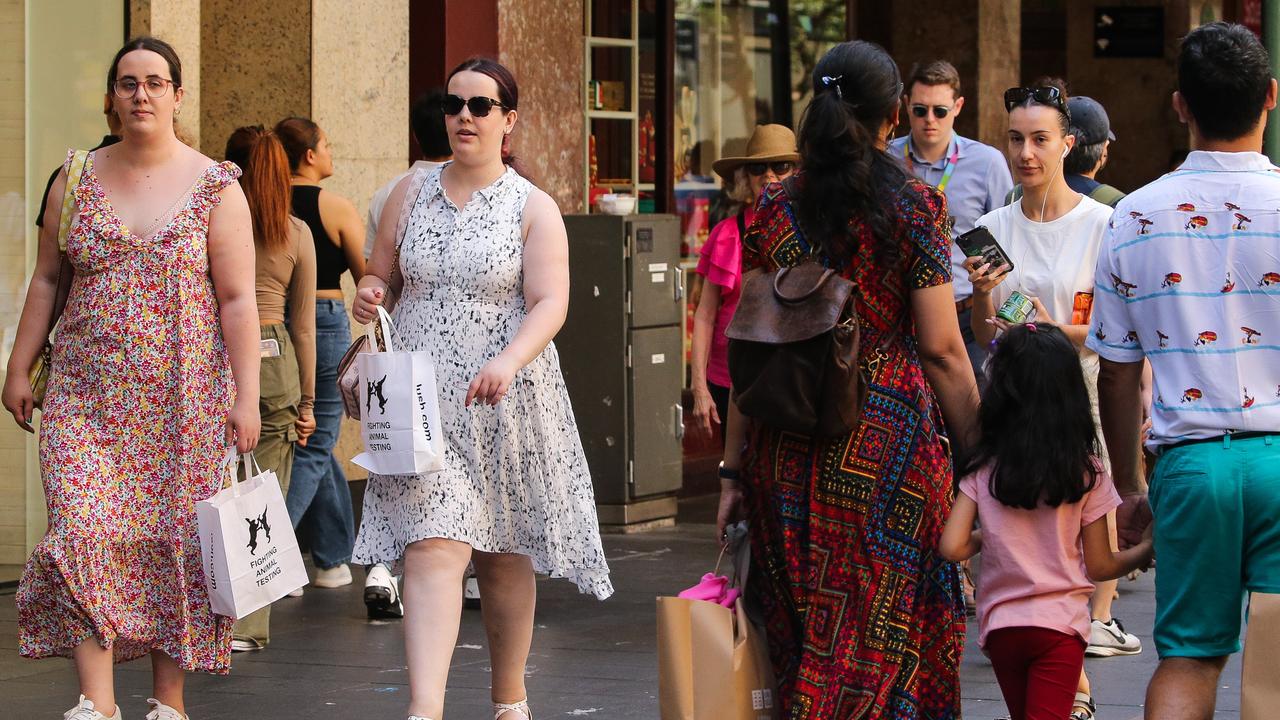Everything you need to know about new Covid variant Kraken
A new Covid variant has been detected in Australia after spreading rapidly from the US. Here’s everything you need to know about the new threat.

A new Omicron subvariant has been detected in Australia after it caused Covid-19 cases to skyrocket in the US last month.
Health authorities confirmed the XBB. 1.5 subvariant had been detected “in small numbers” in NSW in the lead up to Christmas, and that it was being monitored as an “emerging subvariant”.
Here’s what you need to know about the new Covid threat, which has been nicknamed “Kraken”.
Where has XBB. 1.5 come from?
The new subvariant, which the World Health Organisation says is one of more than 300 “sub-lineages” of the Omicron variant, was first detected in India in August last year.
Cases have now been detected in more than 25 countries, and it has taken hold in the United States since arriving around October, where it has become the fastest spreading subvariant.
XBB. 1.5 is estimated to account for 40 per cent of total new cases in the US, and 75 per cent of cases in the nation’s northeast.

When was it detected in Australia?
According to NSW Health’s two-week Covid summary released on Thursday, a “small number” of XBB. 1.5 cases were detected in the state in the fortnight to December 24.
The department said a “highly mixed group” of subvariants was circulating through the community.
• There is still a highly mixed group of sub-variants circulating, the BR.2 sub variant is the most common. NSW Health continues to monitor emerging sub-variants including XBB.1.5, of which there have been a small number of detections in the two weeks to 24 December 2022.
— NSW Health (@NSWHealth) January 5, 2023
How transmissible is it?
The World Health Organisation’s senior epidemiologist, Maria Van Kerkhove, said XBB. 1.5 was the most transmissible subvariant seen so far.
“We are concerned about its growth advantage,” Dr Van Kerkhove said at a press conference on Wednesday.
“It is receiving attention, and rightly so, because we do see a growth advantage of XBB and we are seeing increases in case detection in some countries.

“It’s still at low levels of circulation, but we need to keep an eye on it because it is Omicron; it has a large number of mutations like all of the Omicron sub-lineages.”
The threat of mutation into a more dangerous variant is a justification Australia has used to impose restrictions on travellers from China, where cases are surging.
Chief medical officer Paul Kelly had cautioned against implementing new travel rules, however, saying they were “unnecessary” in the absence of a threatening variant.
Is it more deadly?
While the subvariant has been given the threatening moniker “Kraken”, there is no evidence the new subvariant is more harmful, according to the WHO.
“We don’t see signals of a change in severity,” Dr Van Kerkhove said.
“We do see increased transmission, but we don’t see a change in severity. Our diagnostics work, our vaccines work.”
Hospitalisations have risen in the US as the subvariant sweeps across the nation, but no significant increases have been observed in the northeast states, where it has taken hold.

Are the symptoms different?
No difference in symptoms have been observed by authorities, however, people should still look out for signs including coughing, headaches, fever, a runny nose and shortness of breath.




